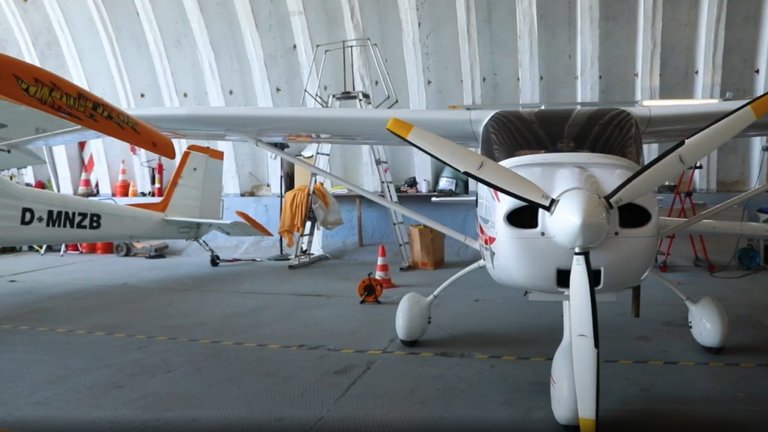
Where sustainable innovation is born: Lightweight design in Brandenburg
What are the advantages of lightweight design—ecologically and economically? What innovations are researchers focusing on? And how are companies and research institutes in Brandenburg using synergy effects?
As a cross-discipline in the material and engineering sciences, lightweight design opens up countless possibilities for cooperation. Companies and research institutes in Brandenburg work closely together on advancing innovative projects. As part of their thesis, students can help companies develop certain fields of application. In addition, the “Network Metal Lightweight Technology Brandenburg” supports companies in finding partners in other industries and in acquiring customers. Scientists, students, companies, and networkers present an overview of the capital region’s lightweight design in the video.
Alongside the numerous cooperation possibilities, more and more fields of application are opening up for the field. Sustainable aspects play a crucial role in this regard. This is because the weight of a vehicle, for example, has a huge influence on how much energy it requires to move. Lightweight design makes it easier to produce significantly lighter materials. What’s more, manufacturers who make use of lightweight design technology, use as few materials as possible and thus conserve natural resources. In this way, lightweight design contributes to solving one of today’s most pressing problems: sustainability of the transport sector. Automotive suppliers are already using lightweight design technologies and products in manufacturing in order to save every single superfluous gram.
Lightweight design is also valuable from an economic perspective. Although purchasing lightweight design materials is often expensive, using them contributes to a lower energy consumption—so they pay off in the long run. That said, companies have their sights set on tackling these additional procurement costs for the future: Lightweight materials and products are to be made cheaper and thus more attractive. This is where close collaboration with research institutes proves its worth; these institutions are also addressing the development of new design concepts. This means that Brandenburg is already a lightweight design hub of the future.